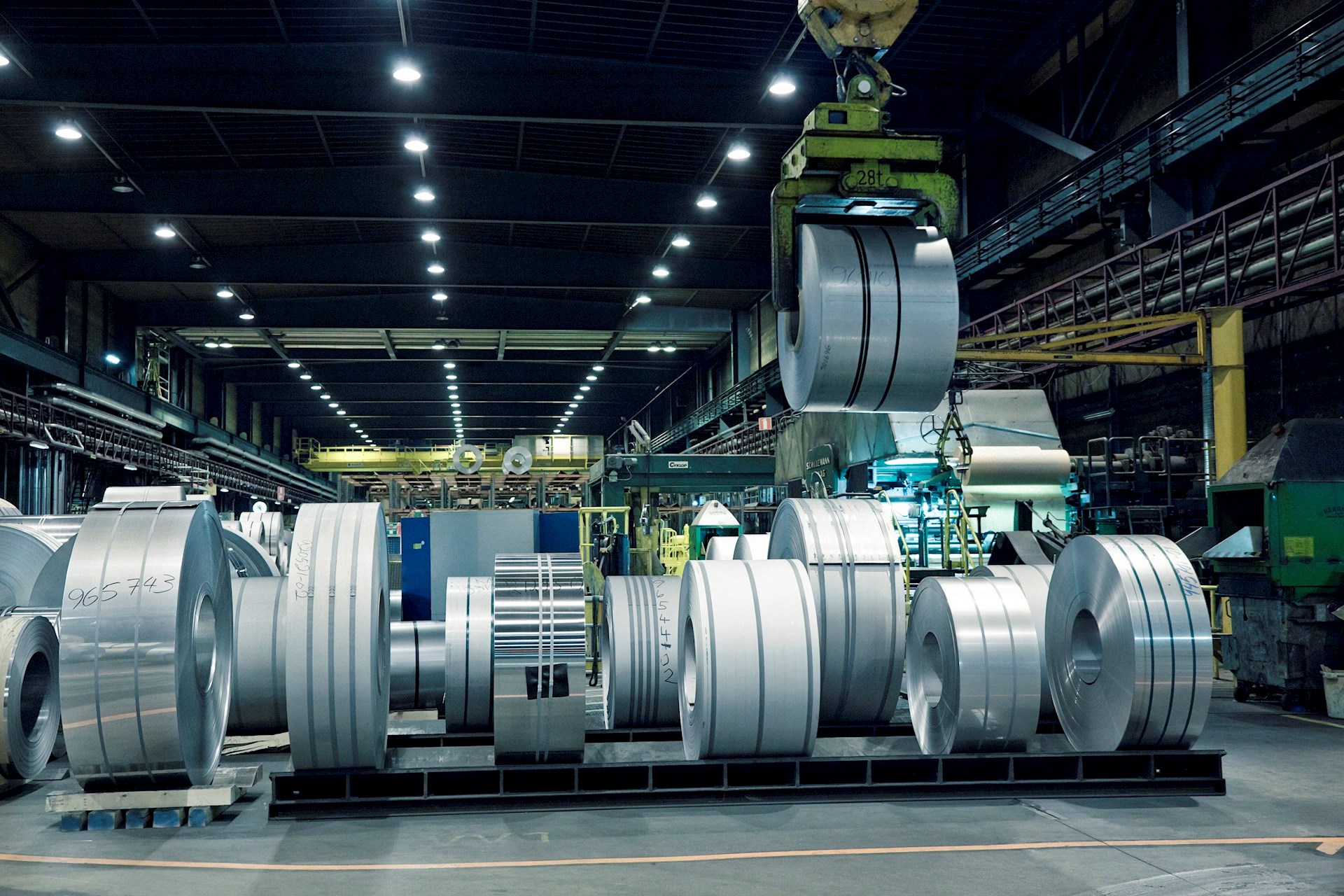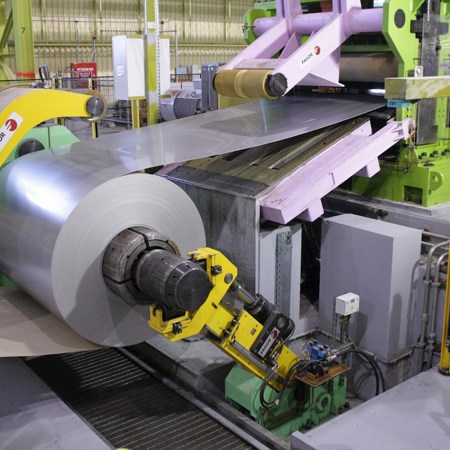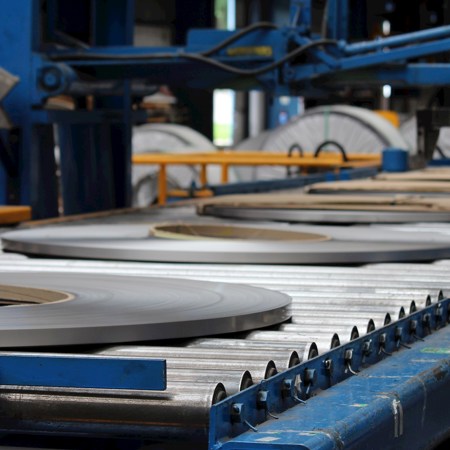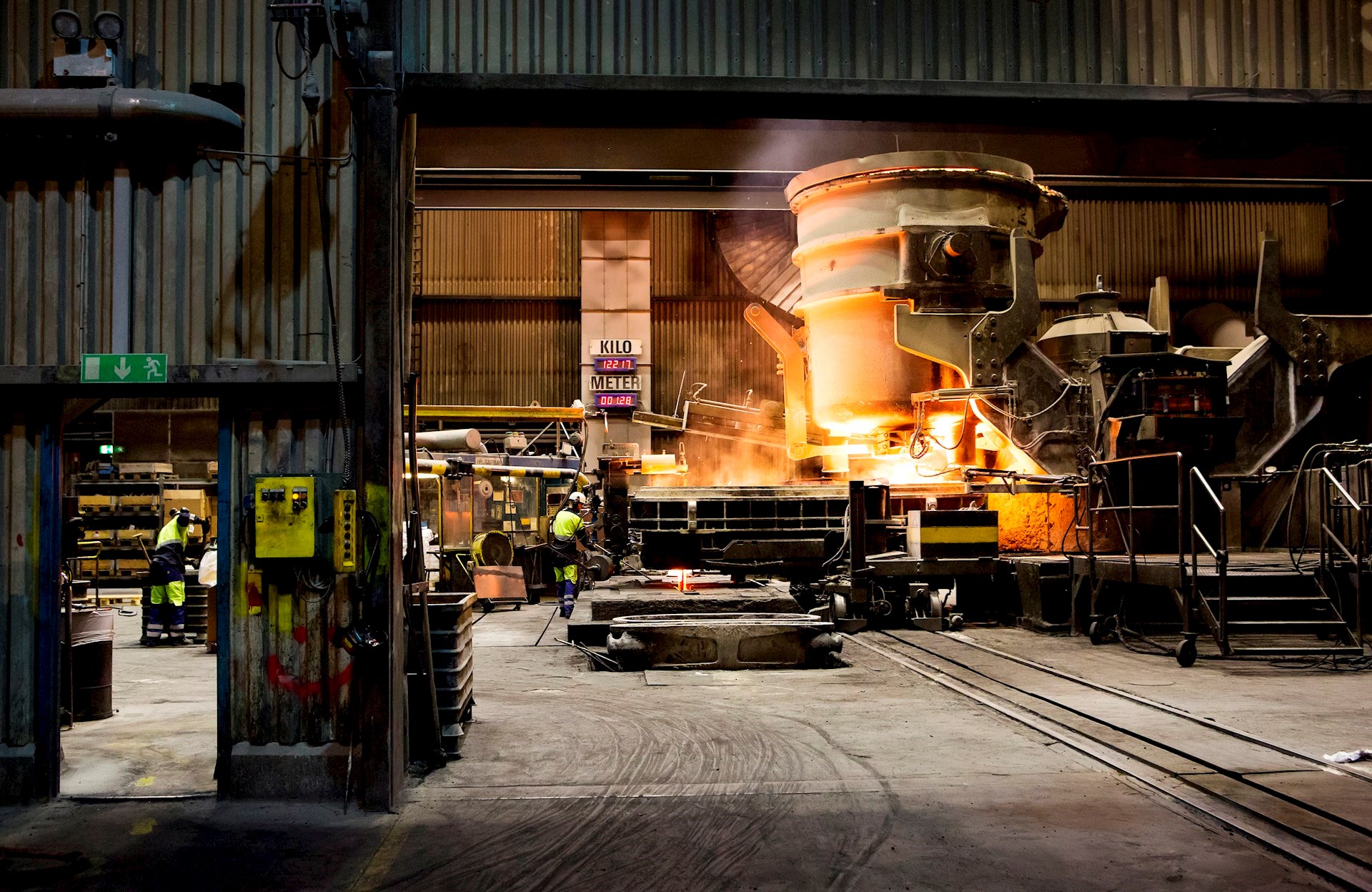Today’s oil and gas operators want to avoid over-engineering their lines. Their engineers will consider a wider range of alloys to achieve the right level of corrosion resistance at the right price or with a lower carbon footprint. They will consider options on a project-by-project basis.
For MLP, clad pipe and flexible pipe in shallow seas, high strength is not vital. Stainless steel grades such as 316L (S31603) or the European variant with 2.5% minimum molybdenum are widely used. Depending on the oil field conditions and the reservoir, 6%Mo super austenitic grades, such as Ultra 6XN (N08367) and Ultra 254 SMO (S31254) may be suitable. And alloys such as Ultra 904L (N08904) and Ultra Alloy 825 (N08825), with relatively high nickel content are used in sour gas applications.
Choice of CRA for flexible pipes depends on the sea depth and required corrosion resistance. Duplex grades and super duplex grades are often used. They have high mechanical strength, which is essential to resist water pressure in deep water projects and their nickel content supports corrosion resistance.
The views and opinions expressed in this article are those of the author and do not necessarily reflect those of the Nickel Institute.






